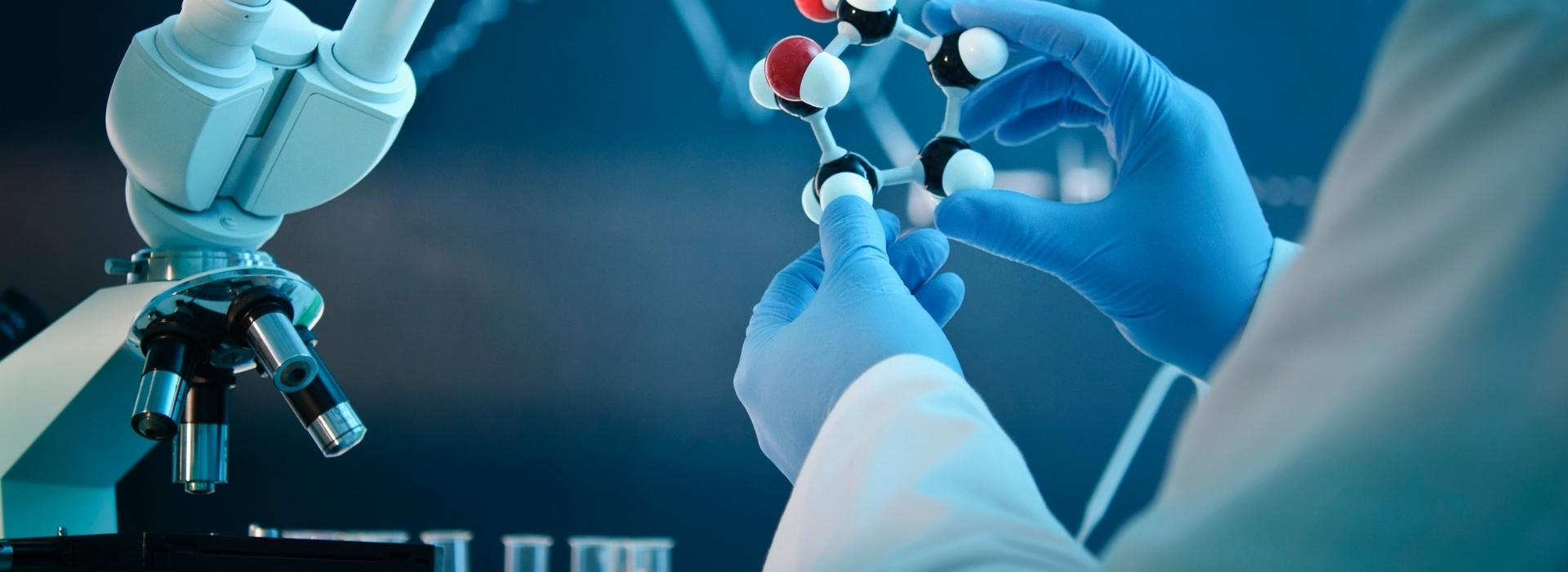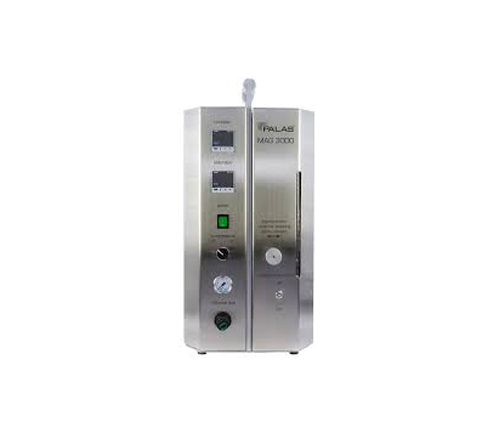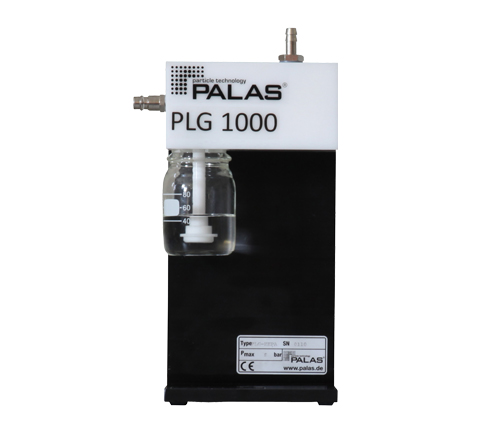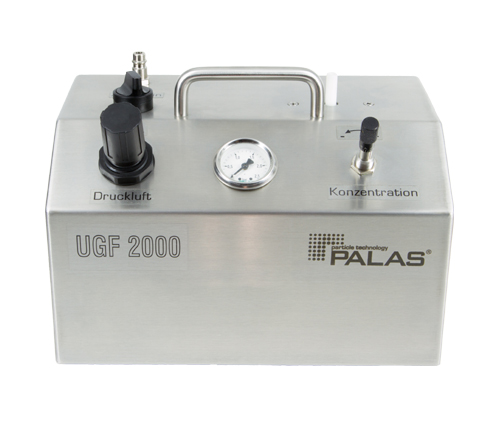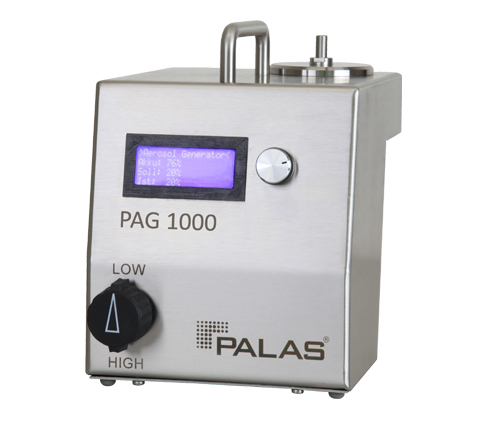All airborne particles, e.g., droplets, dust, pollen, etc., within the size range of approx. 1 nm –100 µm are called aerosols. Defined test aerosols made up of droplets are required to enable a clear comparison of the performance of filters and particle measurement devices, for example.
Palas aerosol generators and liquid nebulizers are highly successful worldwide due to their unique advantages, including high dosing constancy, easy handling, long lifetime, and reliable, economical, and reproducible operation. All Palas aerosol generators meet the stringent requirements of VDI guideline 3491.
To perform practical analyses and comparisons, droplet aerosols must be generated from liquids also used in the real world. Fluids, such as water, DEHS, motor oils, white oil, etc., differ significantly in viscosity, surface tension, and density.
As a result, Palas offers aerosol generators for liquids based on various atomization methods for different applications. Test aerosols can be generated within a particle size range of approx. 10 nm – 10 µm and mass flows ranging from a few mg/h to more than 100 g/h. Monodisperse or polydisperse test aerosol particle size distributions can be generated depending on the model and aerosol substance.

